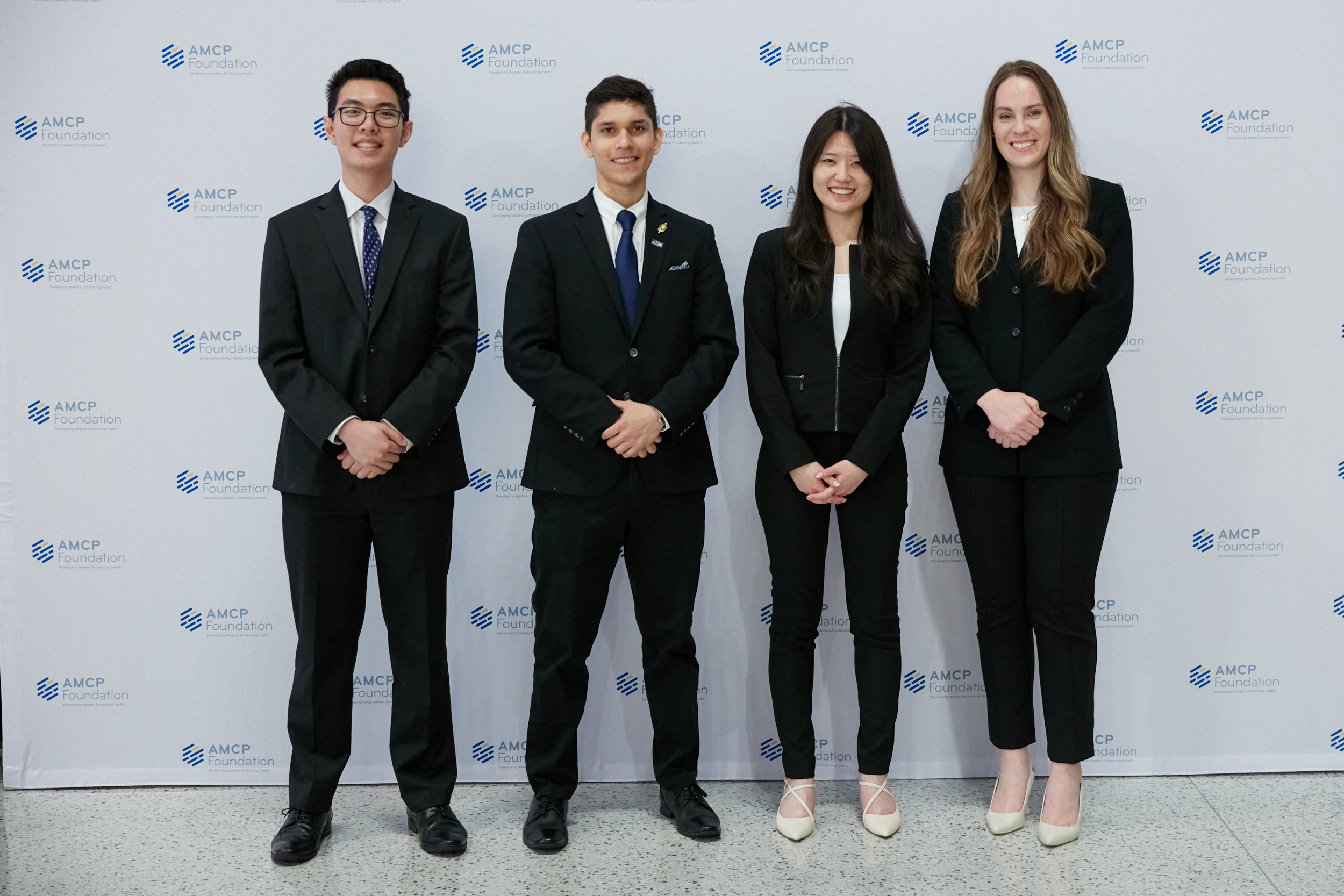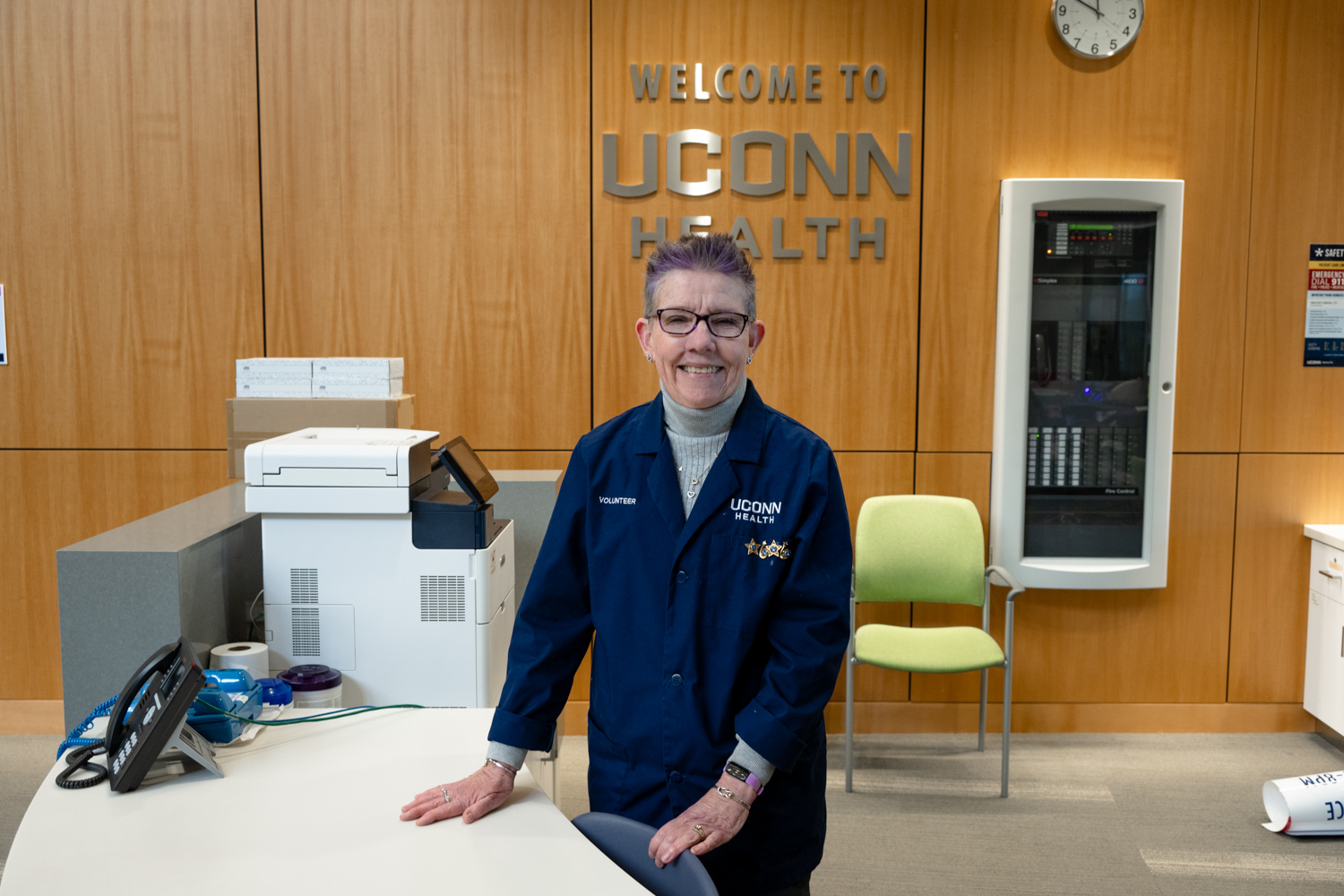Authoring an 800-page report that represents a systematic review of the scientific literature surrounding physical activity and health throughout the course of a decade was, itself, a feat of endurance.
That was a mantle the University of Connecticut’s Linda Pescatello, and 16 other top researchers throughout the nation, agreed to take on as the federal Physical Activity Guidelines Advisory Committee for the U.S. Department of Health and Human Services.
The resulting 2018 guidelines, released Friday, update the 2008 edition. The guidelines are open to public comment through March 31.
“The amount of work that went into the report was at times all-encompassing,” says Pescatello, Board of Trustees Distinguished Professor of Kinesiology. “I don’t mean to sound melodramatic, but I get chills when I read the report.”
Over the past two years, work on the report encompassed a total of five weeks of deliberations at the National Institutes of Health, each lasting about 10 hours. In addition, each subcommittee held two weekly conference calls.
Pescatello says committee members volunteered for the task because of a belief in the impact this report will have in our country’s health – as well as internationally – for the next 10 years.
“As we continued to work together over this two-year period, I became more and more humbled by this terrific and very special group of people I was given the opportunity to work with,” she says.
The report goes further in outlining the key benefits of regular activity than the earlier edition. In addition to disease prevention benefits, it notes that regular physical activity helps individuals sleep better, feel better emotionally, and perform daily tasks more easily.
Authors note that some benefits happen immediately. A single bout of moderate-to-vigorous physical activity will reduce blood pressure, improve insulin sensitivity, improve sleep, reduce anxiety symptoms, and improve cognition on the day it is performed.
The latest edition also goes further than the earlier one in the benefits for cancer risk reduction. The authors expanded the previous list of breast cancer and colon cancer to include cancers of the bladder, endometrium, kidney, lung, and stomach.
For the first time, the report also demonstrates the benefits that regular physical activity provides to children as young as ages 3 to 5 years. In addition to the reduced risk of excessive gains in body weight and adiposity, regular physical activity improves bone health in this young age group, according to the authors.
And for members of the general population who already have a chronic condition, the committee concluded that, for many, regular physical activity can reduce the risk of developing a new chronic condition, reduce the risk of progression of the condition they already have, and improve their quality of life and physical function. The conditions examined by the committee included some of the most prevalent, such as osteoarthritis, hypertension, and type 2 diabetes.
Now individuals must turn the information into action.
As the committee noted, the target range for time devoted to moderate-to-vigorous physical activity did not change from 2008. Unfortunately, they add, half of the U.S. adult population does not currently attain this level of physical activity. And 30 percent of the population reports doing no moderate-to-vigorous physical activity at all.
Intervention strategies for increasing physical activity through actions in multiple settings in youth, adults, and older adults is one of the future steps identified by the committee.
“Transferring this new knowledge into public health practice has the potential to improve the health of the American public to an unprecedented level,” they wrote.



